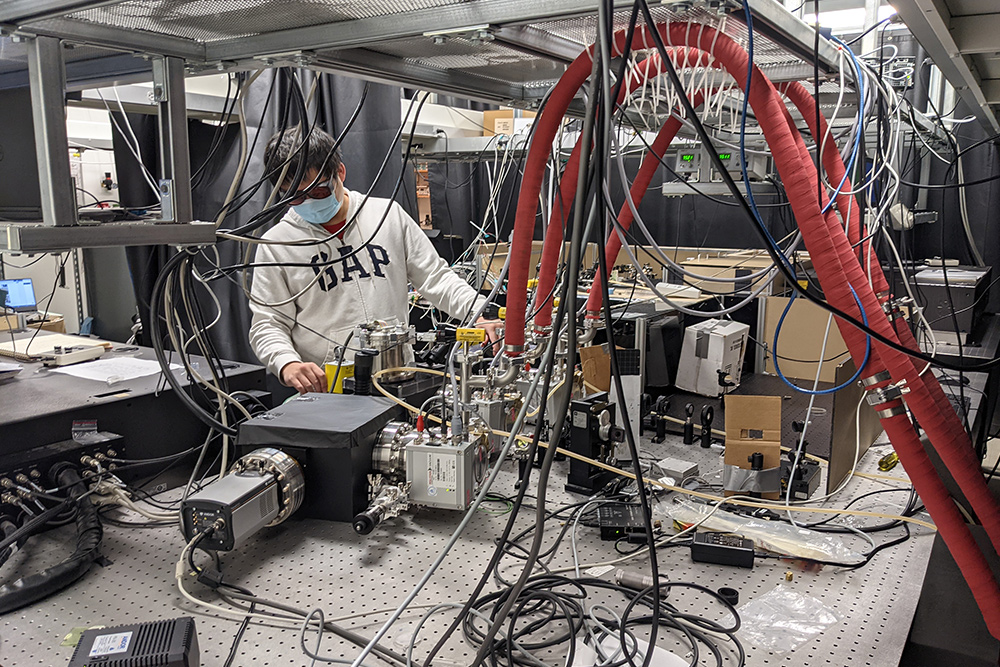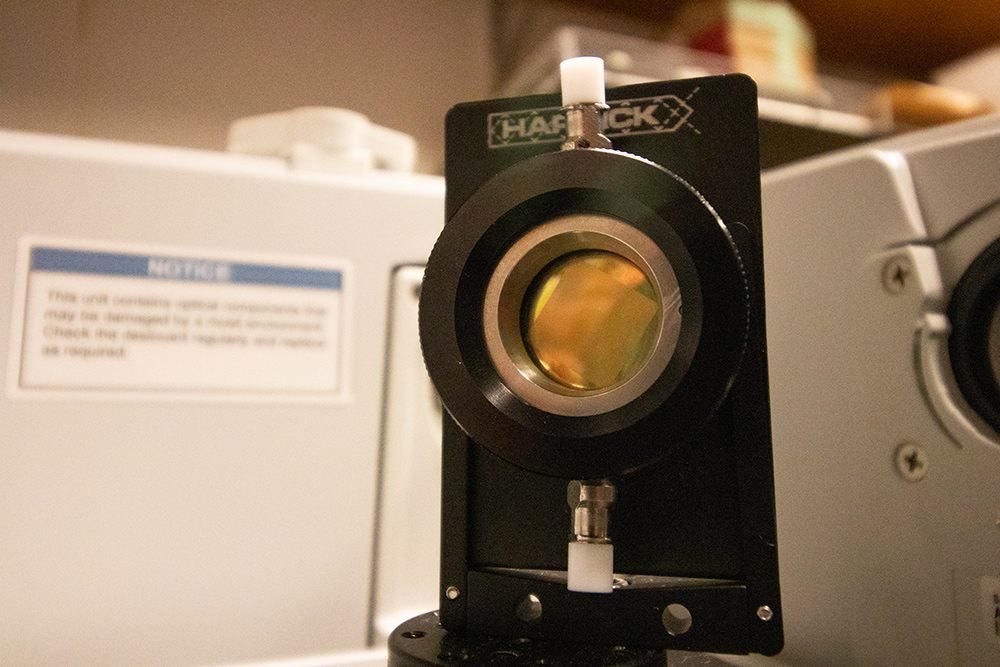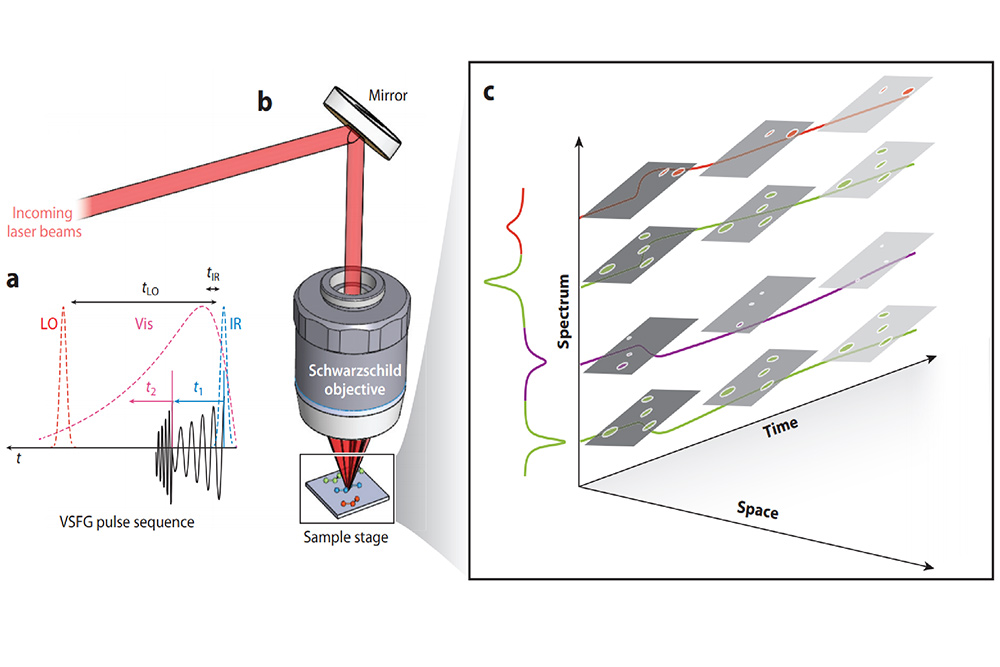Our Research
Overview
The Xiong group aims to controlling and understanding how structures and ultrafast dynamics of molecules and materials change when they couple to chemical environments, to each other and to photonic cavities. By learning the structures and dynamics, we will be able to connect it back to the functions and macroscopic properties of these materials. To achieve this goal, we push the frontier of ultrafast optical techniques by developing methods that can track dynamics in frequency, time and spatial domains, as well as implementing new light sources such as extreme ultraviolet (EUV) to gain element specificities. Several scientific areas of current interests are: polariton chemistry, soft material tissues, charge transfer interfaces, and element specific charge dynamics on solid surfaces.















